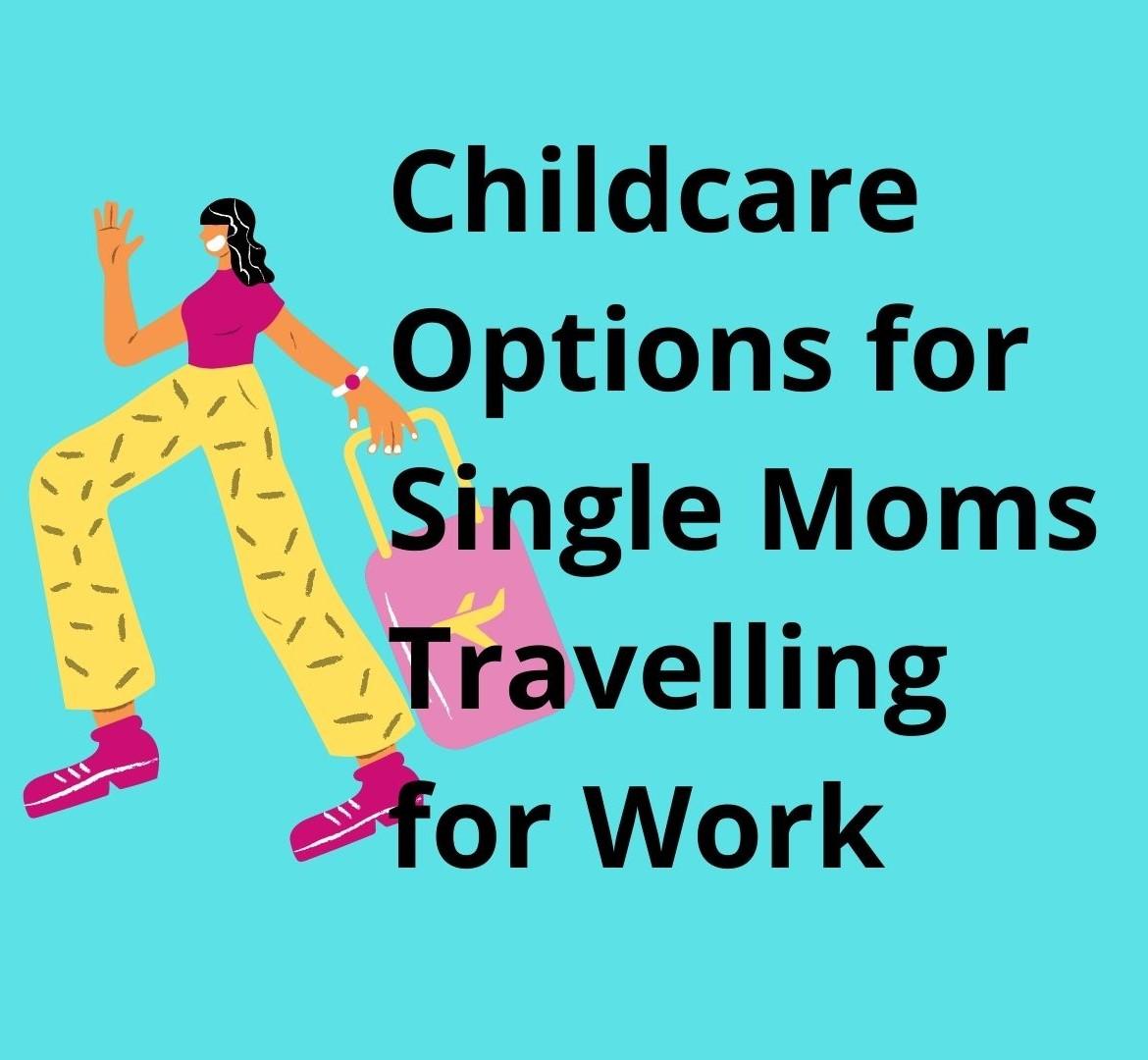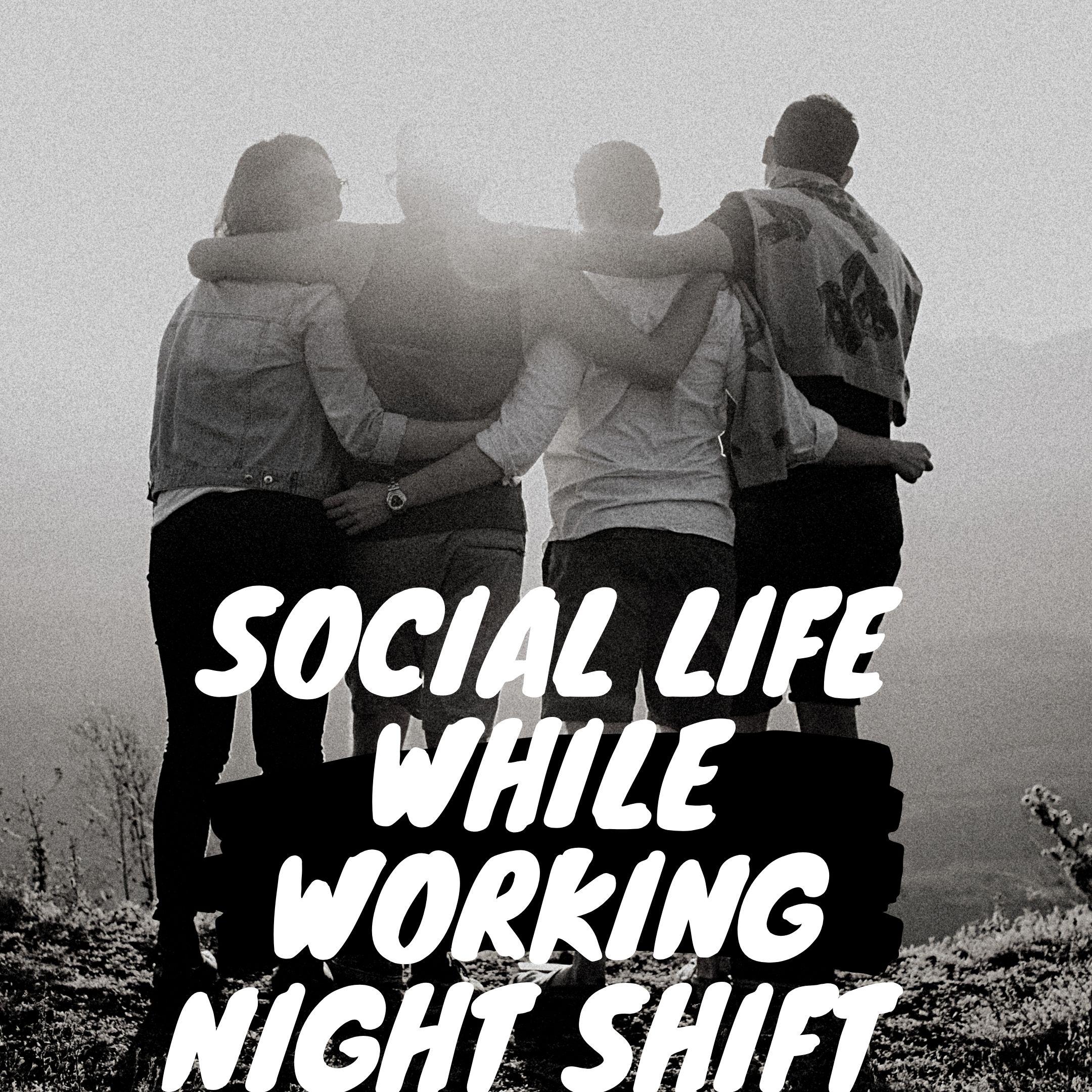Many moms are used to sharing their beds with their babies since they are born. It enhances the kid’s sleep, parent-baby bond, makes night nursing easier and makes babies feel safe.
However, as they grow older the need to bed share or room share dissipates and the babies should now sleep independently. You can transition your baby out of bed sharing or room sharing when you personally prefer but the earlier the better.
You can make the transition easy by doing a proper bed/room set up, night wean and sleep train the child, start a consistent night routine and simplify the transition.
Benefits of Co-Sleeping/Bed Sharing
- Bed-Sharing enhances sleep for babies with sleeping problems
- It enhances parent-baby bond and cuddling
- Co-Sleeping makes night nursing easier for toddlers
- It makes babies feel safe and hence sleep better
Read: How to Create an Effective Sleep/Evening Routine for your Toddler
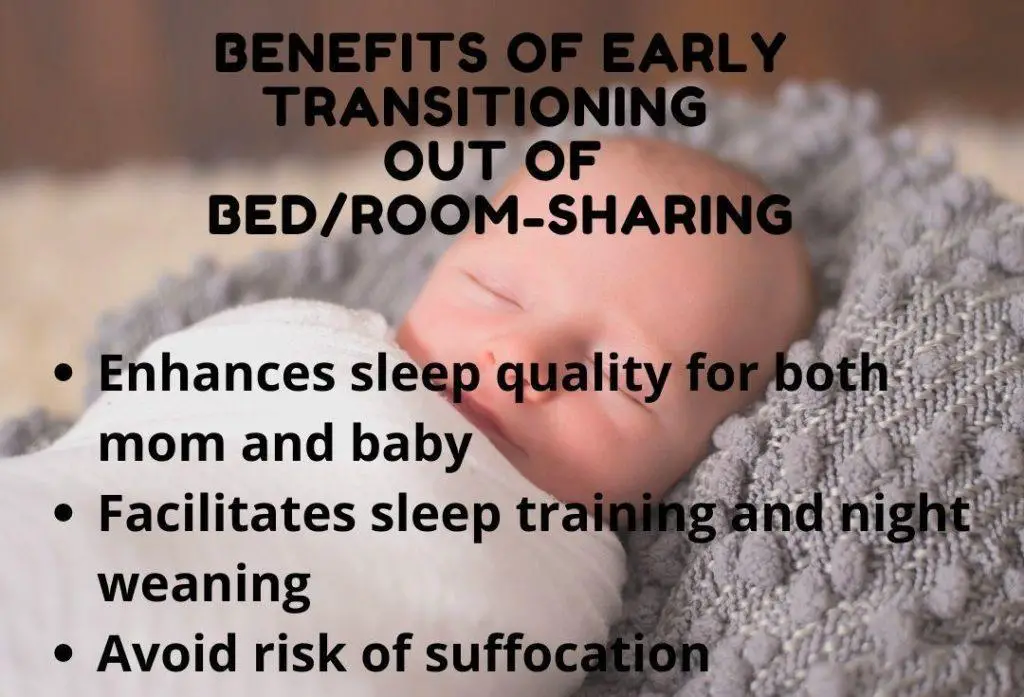
Disadvantages of Co-Sleeping/Bed Sharing
- Bed-Sharing delays dealing with adjusting the child to sleep independently
- Co-Sleeping may affect the quality of sleep for both parents and baby. Both sleep so much better in their own spaces
- There is a risk of suffocation, especially if the mom is a heavy sleeper
- Makes sleep training and night weaning difficult
- Bed-Sharing is not ideal for the parents romance
When to Transition Babies/Toddlers out of Bed sharing
This is purely a personal choice and decision given that some moms even never share the bed with their babies from day one. On average moms choose to share their room or co-sleep with their babies until elementary school. The ideal age that most working moms feel they should transition their child from room/bed-sharing is about one year.
To decide when to stop sharing bed or room with your child, consider the following;
- Health issues related to bed sharing e.g risks of suffocation
- Availability of extra bed/room for the baby
- Babies/moms co-dependence, etc.
- Convenience e.g. comfort with spouse in romantic ways
- Another younger baby on the way i.e. need for the newer baby to bed share
Nonetheless, the earlier the baby transitions from cot and room the better. Early independent sleeping will help avoid a lot of bedtime struggles later on because it won’t be associated with fear and loneliness.
However the most appropriate age for bed/room transition is different for every child. Look for signs that your baby is ready for transition and avoid comparing them with their peers as kids adapt differently.
How to Transition Toddlers out of Room/Bed-Sharing
1. Do a Proper Room/Bed Setup
Set up the room and the bed for comfort, nice sleep setting and excitement. Find a nice theme that your baby will identify with and love. If they are old enough, involve them in the buying of the items. Create the feeling that it’s a safe and comfortable place to be and it will ease for them to transition from your bed to their cot.
- Have a nice mattress and bedding
- Paint up and decorate the wall with their favorite colors
- Baby proof the room
- Set baby monitor and cameras up if you need to keep an eye on them
- Get special stuff for the baby to sleep with
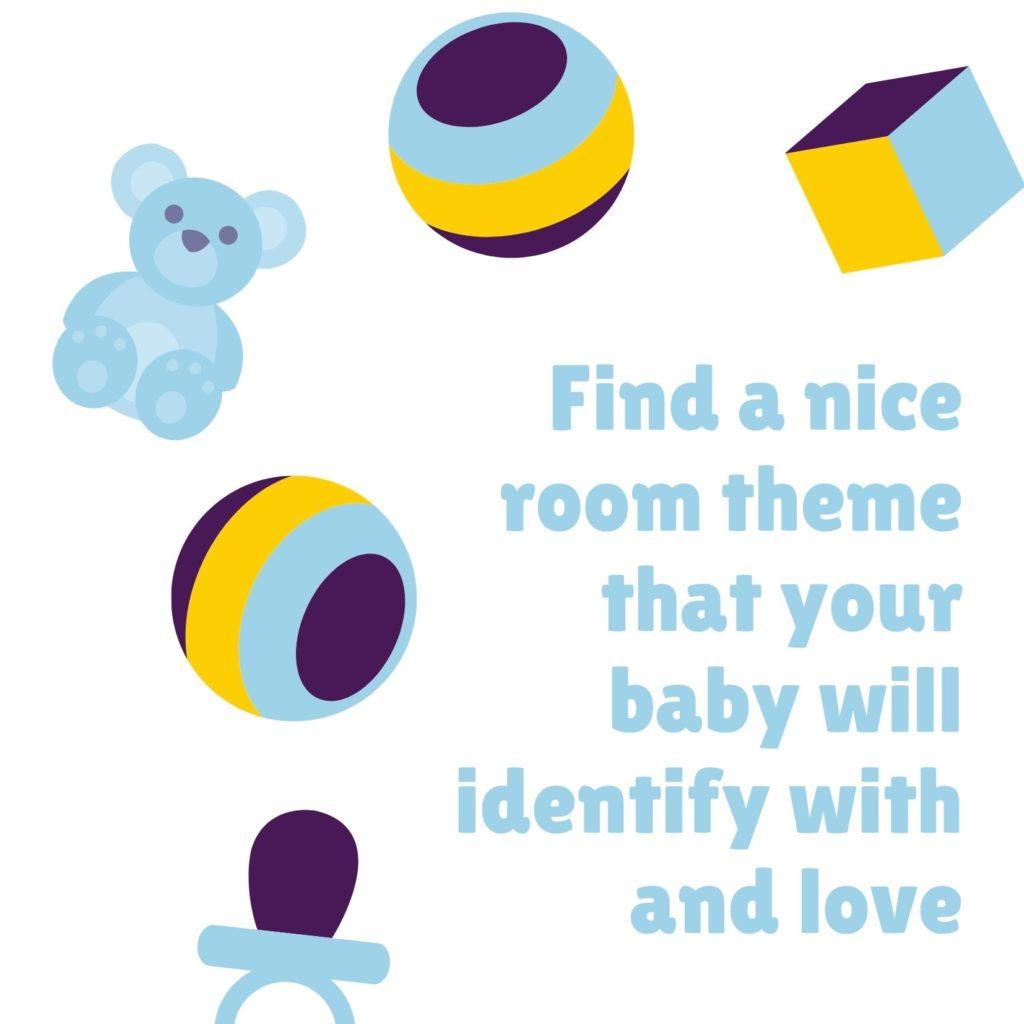
2. Night Wean and Sleep Train your Child
It is easier, fast and more effective for your baby to transition from bed and room sharing to independent sleeping when they are night weaned.Start the transition after your baby no longer needs nighttime feeding. Before then they will wake up a lot to feed, making the transition hard.
Also, you need to sleep train your baby before you transition them. Being able to independently put themselves to sleep will make it easier for them to sleep independently once they have transitioned.
You may have to leave your baby alone and let them cry out before going in to comfort them. If the baby is fed and dry, you are not being hurtful or mean. Stick to your routine and the baby will quickly learn how to go to sleep alone.
3. Do a Room-Based Consistent Night Routine
A more structured bedtime routine helps send the signal that it’s time for nighttime sleep.Babies are smart but resilient hence can adapt well when they know what to expect. Start and stick to a nightly routine in their room to assist you baby out of bed or room sharing.
The routine may include bath, stories, soft music, lights out ; ALL done in the baby’s room.Things like the order of routine events, certain songs or books, and consistent phrases to let your little one know that this is the time to sleep are important.
If you are still nursing, nurse and change the baby diaper in their room and then put them back in their crib. This will avoid relapses when then the baby has eventually transitioned to sleeping alone.
Read: Evening Rountine Tips for Toddlers
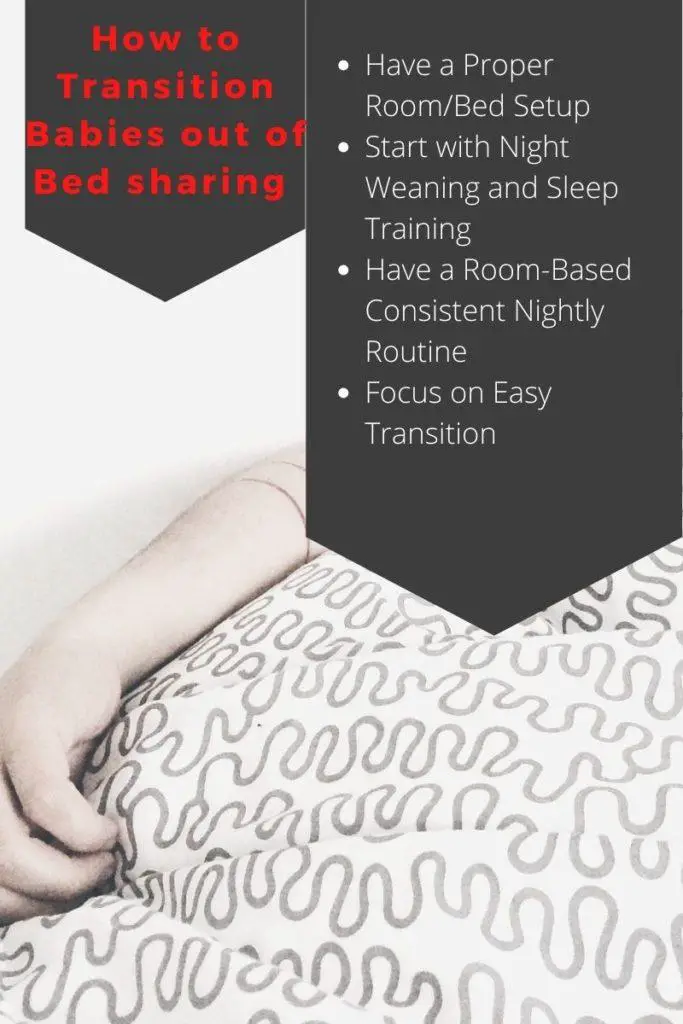
3. Simplify the Transition and Adjust Periodically
Makes the transition as simple as possible to make it long lasting. A slow transition eventually makes the end goal of independent sleeping successful. Start by having your baby sleep in her /his bed for a few hours and in your cot for some hours. Day after, increase the number of hours the baby sleeps in their bed or room
Also, transition your baby into her crib for naps first. Once the baby can sleep there during the day, it becomes easier to get them to sleep in the crib at night. Eventually, move the baby crib to a new room.
Settling into independent sleeping will take some time. Once in a while, the baby will need some resettling on some restless nights. These nights get fewer and fewer until they have eventually settled. They will naturally sleep on their own more/longer as time goes on.
Related Articles
How to Encourage Long Independent Play in Children
How Old Should be your Child before you Leave then Alone at Home

